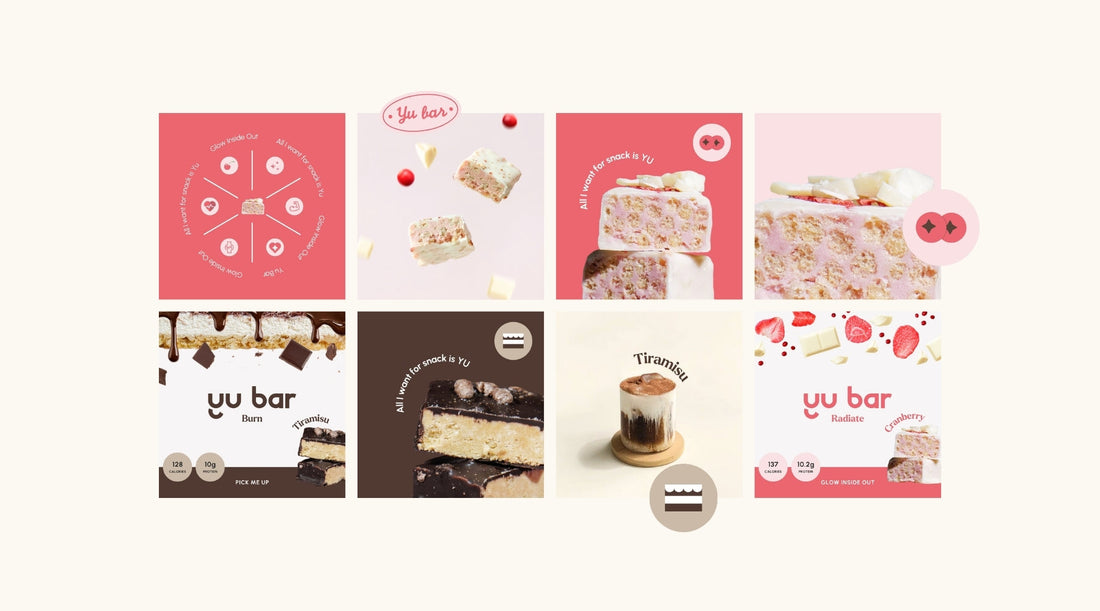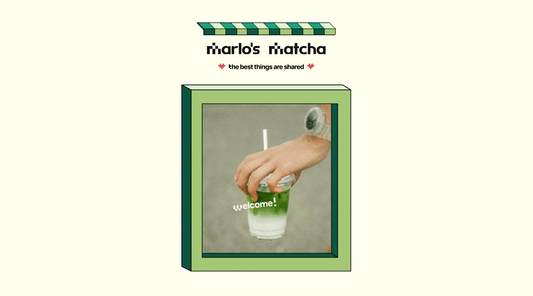
Why Social Media Design Belongs in Your Brand Identity
2 hours 23 minutes per day.
That’s how long the average person spends on social media.
Think scrolling Instagram during lunch, checking LinkedIn between meetings, and watching TikTok in the evening.
Yet designers still deliver brand guidelines that ignore these platforms entirely.
Here's why social media should be at the core of your design work for brands.
Your Hard Work—Ruined
Picture this scenario.
You spend weeks crafting the perfect brand identity for your client. Colors chosen with precision, typography that sings, logo placement that feels just right.
Six months later, you check their Instagram and your heart sinks.
The brand colors have drifted to whatever looked good that day. Your carefully selected typography got swapped for Canva defaults because it was easier.
The logo appears in seventeen different sizes across their posts, sometimes barely visible, sometimes overwhelming the content.
Your beautiful brand identity is now unrecognizable.
This happens to even the most experienced designers because they didn’t include social media design in their guidelines.
Why Social Templates Matter
Templates solve this problem by locking in your design decisions before they can drift.
Your guidelines should also include how the brand responds to comments and the tone they use in their writing.
Visual consistency means nothing if the brand sounds like a robot or uses the wrong tone in the comments.
This comprehensive approach justifies higher fees.
You're not just delivering logos and color codes, you're providing a system that protects brand integrity across thousands of posts.
Build Templates That Work
Test platform constraints early.
Instagram profile pictures display at 110×110 pixels, TikTok has an aspect ratio of 9:16, and Twitter headers get cropped on mobile.
Test these limitations during logo development, not after client approval.
Check your colors against actual platform backgrounds during design.
Navy blue disappears against Instagram's dark backgrounds. Pale yellows get lost on LinkedIn's white interface.
Design five to ten platform-specific templates as standard deliverables.
For example:
- Instagram post, stories and highlight layouts
- LinkedIn templates for B2B brands
- TikTok video editing guidelines
- YouTube thumbnail templates
Create files compatible with Canva so your clients can actually use them without needing design software.
Real-World Example—Yu Bar

For Yu Bar, we created highlight covers for each flavor, their Yu Club community, and I love Yu reviews section.
The feed post templates show their marketing team exactly how to present the brand consistently.
Each template is modular, so they can mix and match elements for different post types while maintaining brand recognition.
Conclusion
Remember that heartbreak of seeing your perfect brand drift into unrecognizable chaos?
Social media templates prevent that.
They're not extra work, they're insurance for the weeks you spend perfecting color palettes and typography.
Include them in every brand guidelines package you design and watch your work maintain its integrity.
Our Brand Identity Guidelines 2.0 template includes a slide on social media application to make sure you never forget in the future.
It includes 39 editable slides and is everything you need for brand systems that actually work in the real world.



